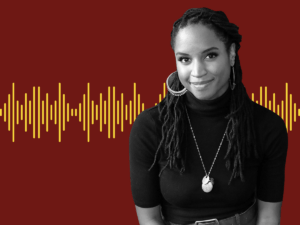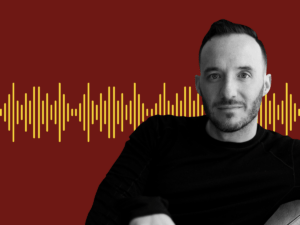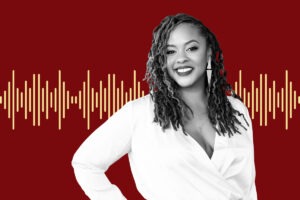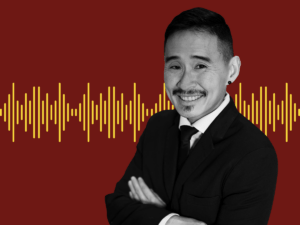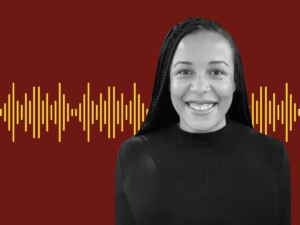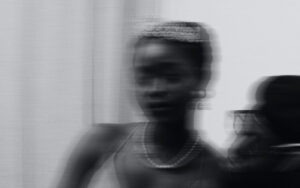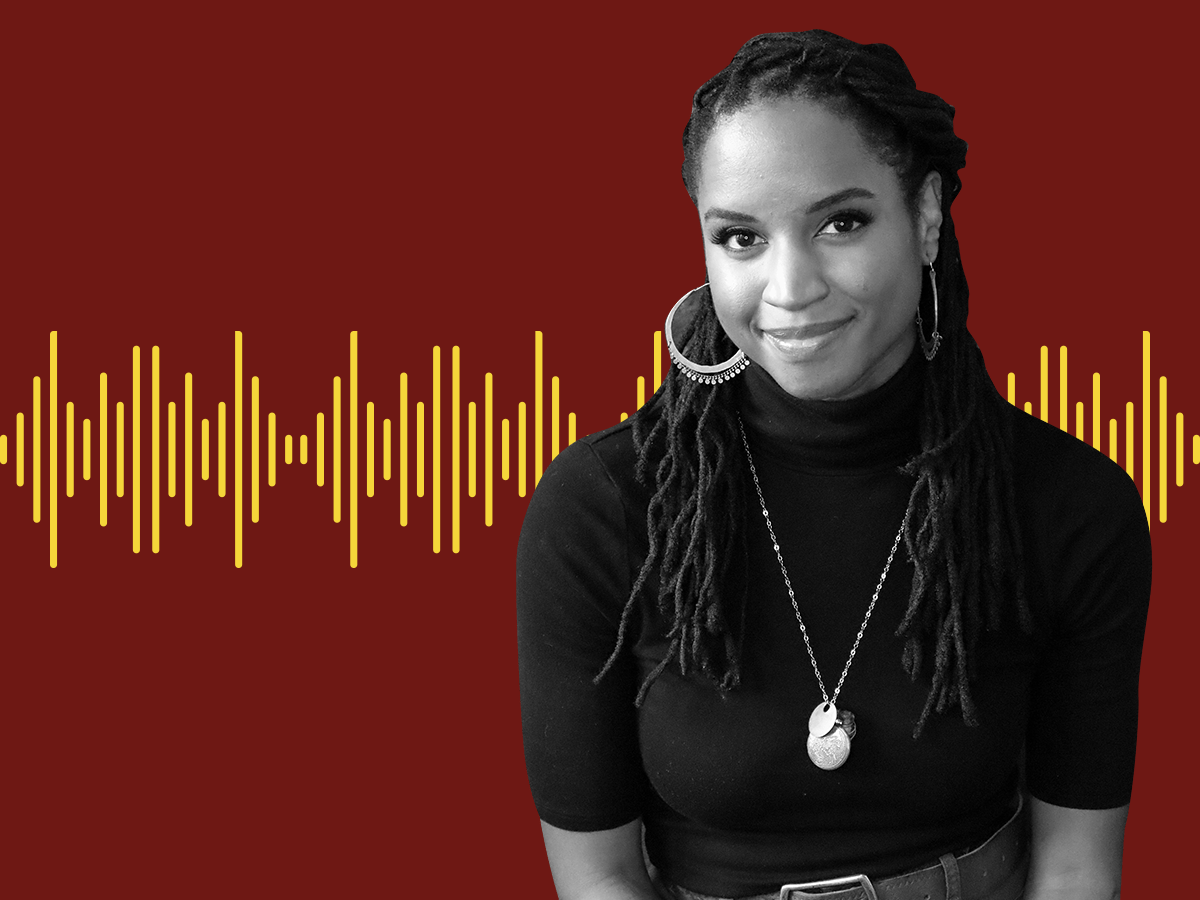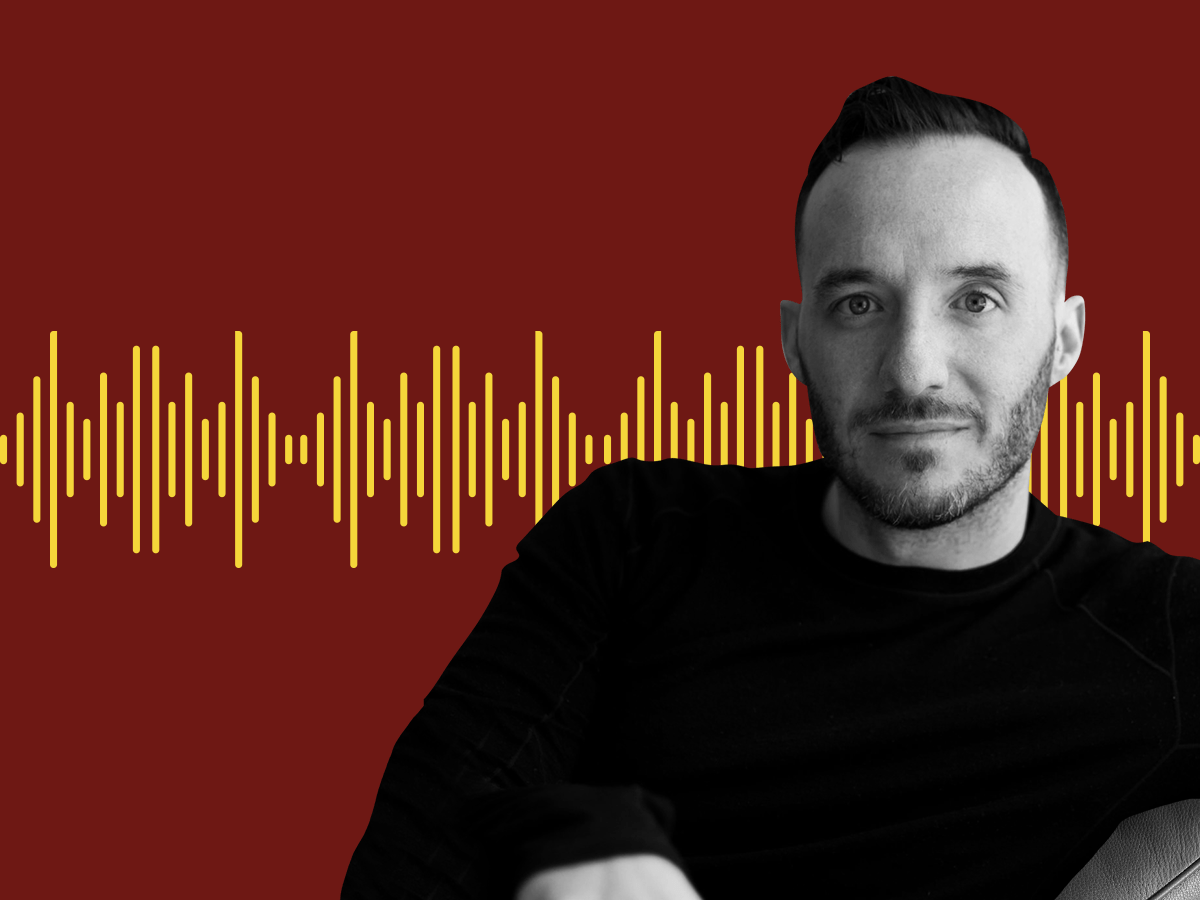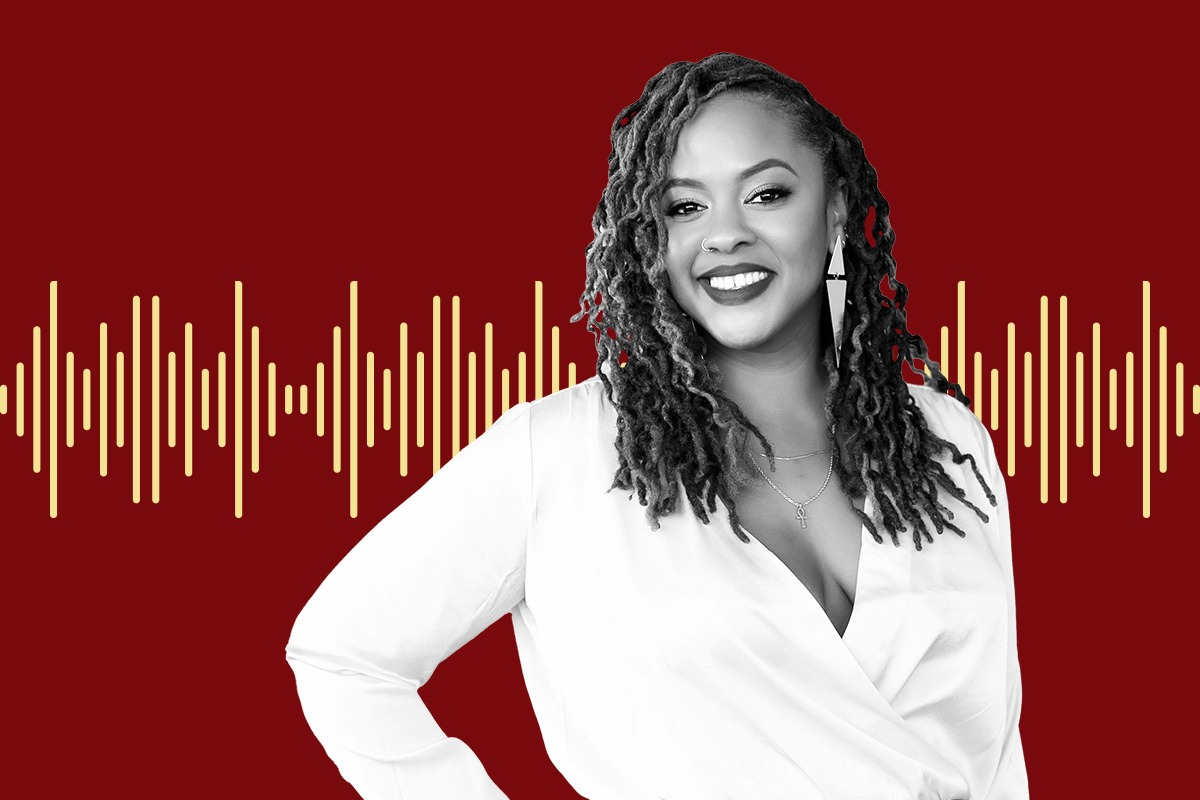
In the United States, according to the National Center for Education Statistics, last year there were 56.6 million students attending K–12 schools, of whom 5.8 million are enrolled in private schools and 50.8 million attend public schools.
The nation’s 50.8 million public school students are a portrait of an emerging majority people-of-color America: 23.7 million (46.6 percent) are white, 13.9 million (27.4 percent) are Latinx, 7.7 million (15.2 percent) are Black, 2.9 million (5.7 percent) are Asian American or Pacific Islander, 2.1 million (4.1 percent) identify as mixed race, and 0.5 million (one percent) are Native American.
School reopening is a hot topic right now. Some school districts are reopening fully, others are using hybrid models, and some are providing all-remote instruction. But last spring, nearly all students found their school year disrupted, as the onset of the COVID-19 pandemic resulted in the shuttering of schools across the nation. Then, gradually, most of the schools reopened with remote instruction developed largely on the fly—an extraordinary social experiment involving over 50 million children.
The meaning of this collective experience will take years, perhaps decades, to sort out, but it is hard to believe that it won’t be formative in the worldviews of many young people currently nearing adulthood. To get at least a sense of how young people are responding, we reached out to students to ask what this moment means to them.
To do this, NPQ partnered with the Netter Center for Community Partnerships. The Netter Center, based at the University of Pennsylvania (Penn), has long been an advocate and practitioner of “university-assisted community schools,” meaning that university staff and students, working with public school teachers and staff, help develop and support school-day partnerships, afterschool programs, and wrap-around support services.
As part of its work, the Center operates summer internship programs involving hundreds of students, from which the students we spoke with were drawn. (The students we interviewed led virtual exercise classes for younger children). In particular, we spoke with one student who will be a senior this fall at West Philadelphia High School (West Philly), three who will be sophomores this fall at Paul Robeson High School (Robeson), and one who will be a junior this fall at Sayre High School (Sayre). All of the students were Black, as are more than nine in ten students at each of those three schools. Districtwide, 52 percent of Philadelphia public school students are Black, 21 percent are Latinx, 14 percent are white, 7 percent are Asian American, and 6 percent are of mixed race.
All three schools exist within the Philadelphia Public School District, the nation’s eighth-largest, with an estimated 203,000 students and 19,000 teachers and staff. The entire school district has been a free-breakfast-and-lunch district since 2014.
As NPQ noted recently, an estimated 81 percent of all children attending the city’s public schools live in households below the poverty line.
Below, we look at: 1) how students responded to the shutdown when it occurred, 2) what has worked in remote instruction and where it has fallen short, 3) how students are responding to external forces such as the pandemic and the popular uprising against anti-Black racism, and 4) explore broader implications for the future of K-12 education.
The Shutdown Exposes a System under Stress
In discussing the shutdown in Philadelphia, it helps to have a few markers. Bianca del Rio serves as executive director of the University Assisted Community Schools program of Penn’s Netter Center. Del Rio notes that schools began to shut down one-by-one as COVID cases began to be uncovered in early March. The last day of in-class instruction at any school in the district took place on March 13th; for over a month, there were no classes. Remote instruction began April 20th and continued until the end of the school year (June 12th). This fall, instruction will again be remote from September 2nd through November 17th, after which the district hopes to shift to a hybrid model.
All of the above is known now, but much was unknown at the time. As a Sayre student recalled, initially the shutdown was just for two weeks. “We were excited for those two weeks,” she noted.
Then two weeks became five weeks, and, after that, remote instruction started. This did not go so well: “The Google Meet calls were not the best. Either the communication was low, or the teacher couldn’t come, or the student wasn’t in the classroom, or something would get misplaced,” the Sayre student recalled. “Kids weren’t turning in assignments until 3 or 4 in the morning. It wasn’t the best experience.”
As the West Philly student relates, “It was so difficult. So difficult.” She adds:
I need to be hands-on to be taught.… None of the schools had this planned out… It would’ve really stressed you out if you weren’t passing. Thank God I was passing. I had a GPA [grade point average] of 3.6, when it happened, but I was working to have a GPA of 4.0. That was my goal. I want to make it into a good college. That messed it up for me. On top of that, your junior year is your most important year. My expectation was to leave junior year with a bang. I’m going to get an A. Then, they took it away from me.
The Sayre student and the Robeson students explained the mechanics of how remote instruction worked. Students who lacked laptop computers were provided with Chromebooks, and a deal was worked out with Comcast, the local broadband provider, to provide short-term free internet service. Both the Chromebooks and the free service were considered “slow,” but at least those steps made remote learning possible for students who otherwise might have hardly any access.
In terms of the instruction itself, typically teachers would post assignments on the Google Meet platform, often with lectures and/or support materials organized in supporting documents or slides. Teachers also made available times to meet with students for virtual “office hours” and corresponded with students by email.
This worked for some, but, as the Sayre student related, echoing the student from West Philly, it could also hurt academic performance:
They gave us work, but they did not explain what the work was. It got so bad. I had so much backup, makeup work. I am actually fairly good at school. I’m very smart. I am great when it comes to English and social studies. So, for my grades to drop, it really took a toll. I’m not that type of student. For that to happen to me, I was really upset. It wasn’t easy to do. You gave us Google Meets at odd times. Your office hours weren’t really office hours. You would all be busy. It was too much to handle. It was overwhelming.
Teacher Interventions That Matter
Despite the challenges, students are, to use an overused word, resilient. As the Sayre student put it, “We adapted. We got through it.” That said, the way teachers related to their students played a critical role in how effectively students were able to learn. And, while this is probably not surprising, personal contact was key.
A Sayre student says one class that worked well remotely was her honors English class—and she credits the teacher. “She kept us doing our homework,” the student noted. “Made sure we were good. Made sure if we had any problems to speak to her…she was the person who made us stay on topics.”
The student at West Philly offered a similar story about her chemistry teacher, saying, “He was talking to me. He was not just leaving me on the back burner. He was calling me, making sure I did my work, and telling me what work to do, and how to get there.”
Sign up for our free newsletters
Subscribe to NPQ's newsletters to have our top stories delivered directly to your inbox.
By signing up, you agree to our privacy policy and terms of use, and to receive messages from NPQ and our partners.
A student at Robeson observed, “Honestly, it’s really all about management and how the teachers chose to manage giving us work. Some teachers were really flexible with us and really spent the time that we needed and gave us the bare minimum [workload], because we had to make a big adjustment, and they understood it really wasn’t that easy for us. Other teachers…spent more time on the work than the students, and they would just give it to us. It is harder for us to complete. We wouldn’t have that if we were in class. It was just all about how they managed it.”
Growing Up Fast
This year has witnessed multiple life-altering events, from the pandemic to the wave of anti-racism protests across the country. Students have had to adapt quickly. The West Philly student noted, “I wish everything could go back to normal, so I [could] live the teenage life I always wanted to, but you can’t.…We can’t go anywhere.”
In the current environment, this student adds, she has made a priority of trying to be “a better me.” She adds, “I want to be able to better trust people.”
A student at Robeson noted that with remote learning comes extra responsibility. “Nobody is going to stay on top of your assignment.” This student adds, “We would have a deadline. You get a certain amount of assignments and they were all due Friday. Nobody is going to pressure you to do them.”
Another Robeson student mentions, “For me, it was really like, ultimately, we have to be more mature and more responsible for our own work. When you are in school, your teachers can track you down. When you’re online, you really have to be accountable for your work, and that was a big change for a lot of us.”
She also emphasized that this need for time management didn’t just apply to completing class assignments, but to maintaining relationships with friends and peers as well: “It’s complicated to say, but you really have to make time management a priority because we have so much free time. School is like, they give us a window of time from a day to a day to complete an assignment. So, if you want to get stuff done, including like talk to your peers, you really have to make time.”
As for the Black Lives Matters protests, the students interviewed were broadly supportive of the movement’s goals, but they indicated they had generally stayed away from the marches, largely due to fear of violence. The West Philly student said, “I didn’t participate in a lot of them, only for my safety….I wouldn’t want to be put into a situation that I can’t leap out of. The cops don’t care if you’re male or female, you will get hurt. I’m my mom’s only child. I wouldn’t put myself in that predicament.”
The student from Sayre made a similar observation, “I’ve never been the person who’s lost a friend…I know people who lost their friends to violence in the streets. I can’t relate, and I don’t want to have to.”
Could the Shutdown’s “Disruption” Improve Public School Pedagogy?
It is no secret that K–12 education in the US is far from perfect. In theory, the disruption of the shutdown could ultimately lead to improvements in pedagogical practice. Dr. Elana Evans, a Robeson teacher, is among those who see this possibility.
As Evans puts it, “For years, we have had desks lined up in a row. Teacher gives, students receive. And that’s it. Right now, everybody is on the same playing field. There is reciprocal learning going on where students are teachers and teachers are students.”
Evans adds that, as long as teaching remains virtual, “I hope that we don’t try to fit what we do in a traditional classroom in virtual world. In the virtual learning platform, the sky is the limit. There are so many ways to implement the instruction. If we keep it to what is traditional, we will lose that opportunity and that will be sad.”
It is unclear whether the vision laid out by Evans can be implemented. Clearly, the fall offers opportunities for improvement over the spring. The decision to go virtual in September was made on July 30th, which does give the district and school teachers a month to prepare. There is also the opportunity to build off of lessons from last spring. Lastly, the city of Philadelphia has committed CARES Act funds to offer 35,000 families with school-aged children free internet service to better support remote instruction.
Still, the challenges are daunting. It is pretty clear from all five students’ accounts that the majority of their teachers had limited training, not just regarding the technical aspects of remote instruction, but also the pedagogical implications of remote teaching. There is a steep learning curve, for sure.
Del Rio from Netter acknowledges that pedagogical improvement is not cost-free. “No matter what the space,” she observes, “there is a necessity to have a higher adult-to-student ratio. You need people that manage the tech, the chat space, to help students participate in breakout rooms, to engage in the one-on-one.”
More auspiciously, it is clear that the community school model of wrap-around supports, including the summer internship program in which all five students interviewed here participated, provided a safe environment where students could get considerably more support than they got through spring instruction. This year’s summer internship program has also operated virtually, but key elements of the program, such as small live Zoom classes, created relationships and bonds for the participating students, many of whom said they had felt quite isolated in the spring.
As the West Philly student related, in the Zoom meetings, “No one shuts you down. Everyone gets a chance to talk. Might go too long, but everyone—everyone—gives their opinion.” She adds, “Being a child or teenager in this world we’re living in, we need some kind of encouragement. Kids, teenagers lose encouragement really quick.”
As one Robeson student pointed out, the connections made over the summer mean “we will have a leg up on our peers who aren’t in the program.” All of the Robeson students agreed that having support from Penn students was a plus; the Penn students were younger, easier to relate to, and more tech-savvy than many of their teachers, they said. One, echoing the West Philly student, also emphasized that the extra help from the Penn students in the program “boosts you up.”
As NPQ has noted, community schools as a model are growing, with more than 5,000 schools utilizing this approach nationwide. However, this is still a modest percentage of the nation’s overall network of an estimated 98,000 public schools.
In Philadelphia, it would be valuable to track how much transference there is from the small-scale group learning experiences of the summer, and whether the circle of influence extends beyond the students directly involved to their peers.
Looking to the Future
The students interviewed are motivated to succeed. The pandemic and the social disruption surrounding it have also clearly impressed upon the students the importance of “hustling,” as the West Philly student, who hopes to be a mortician one day, explained. The Sayre student said she wants to go to college and medical school and ultimately be a doctor.
At Robeson, one student focused on a shorter-term objective: “I just want to be back in school again, honestly,” he said. “It has been a while since I came in physical contact with my friends and not virtually. And my teachers too. I kind of miss some of the teachers—I just want interaction again.”



